5 marketing psychology principle strategies: How to make them work for you
Is your customer’s path to purchase a pleasant experience? What motivates a user to make a purchase and to become a loyal and repeat customer?
As a marketer, no doubt these questions are often on your mind. You’re always looking out for your customers — determining what they need, and what they want, so you can help them seamlessly move through your company’s website. Marketing psychology can help.
Updated on May 24, 2021
Marketing psychology takes into account how and why customers make decisions on when, what, and where to buy. Having some insight into the psychology principles behind what motivates consumer behavior can help marketers present content and choice in a way that resonates with users, helping to close the sale.
These psychology principles are so deeply ingrained in us that they tend to work even when we’re aware they’re being used as marketing tactics.
Here are five marketing psychology principles — social proof, scarcity, loss aversion, anchoring bias, and reciprocity — and how they can work for you.
Social proof
Who isn’t likely to try something (or buy a product or sign up for a service) if all their friends are doing it? This marketing psychology principle hinges on this fact of our modern life.
When we see other people buying goods and services and loving their purchases so much they leave rave reviews, we’re often tempted to at least explore the object of that raving. That exploration can lead to a purchase. This is social proof at work.
Other social proof comes in other forms: individual customer testimonials, a star rating system, or a statement showing how many previous customers have enjoyed success after buying and using a product or service.
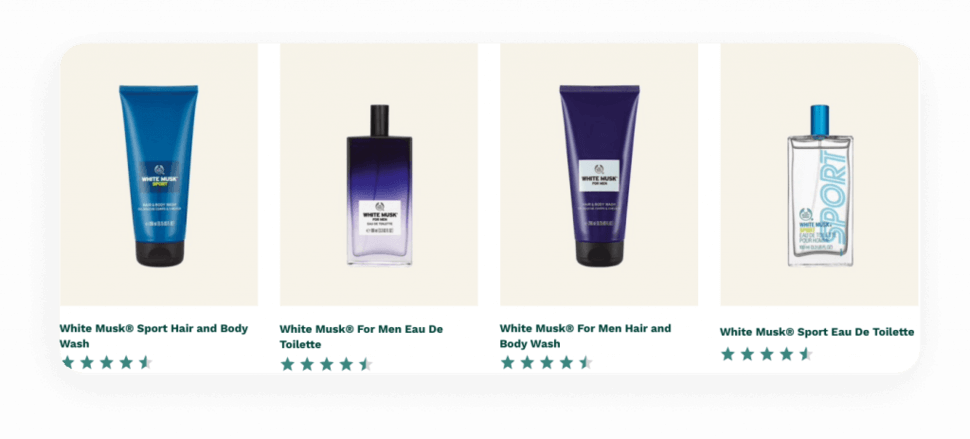
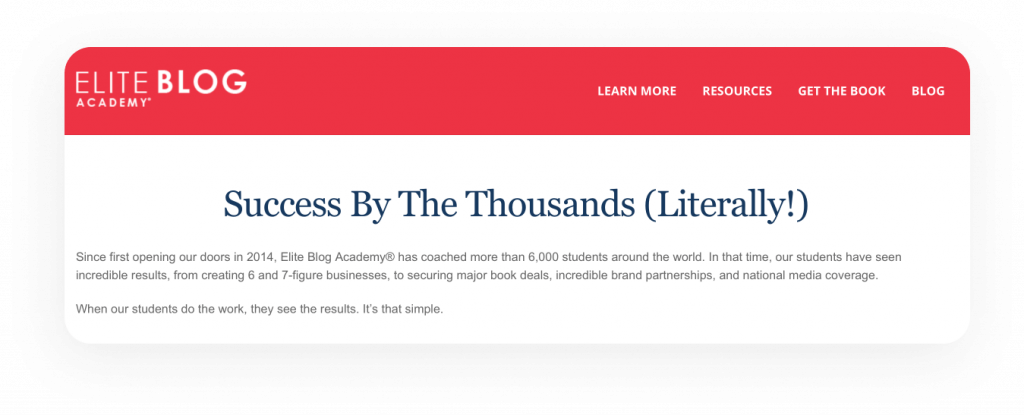
Tip: Show visitors to your website that not only have other customers purchased your products and/or services, they are thoroughly satisfied with the purchase. Using interactive onsite overlays, such as InStory, to highlight recommendations and customer stories can help nudge a customer toward making a purchase.
Scarcity
Scarcity is the marketing psychology principle that plays on our collective FOMO. Savvy marketers do this by showcasing a product’s exclusive nature (a low supply increases demand) or a deal that will last only for a limited time.
The idea is that if you don’t act now and make a purchase, you’re going to miss out on buying that really cool purse, scoring a deal on a new outfit, or earning future savings.
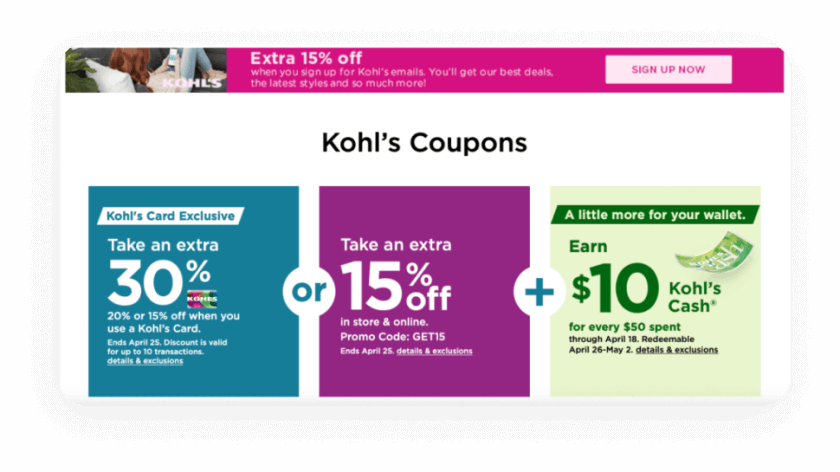
Tip: You might not have exclusive items for sale, but you can offer discounts for a limited time or offer something special to customers that not everyone gets — like access to a webinar with the CEO or special status denoting their loyalty. Not all shoppers convert in a timely manner, and for anyone who needs extra incentive, you can send a personalized discount to reduce the risk of churn. Because this tactic is using the scarcity principle, be sure to set a deadline for how long the discount is good for.
Loss aversion
The psychology principle of loss aversion is the idea that we’d rather gain something than lose something. This is pertinent to marketing when a shopper is faced with a scenario in which they’ll lose something (like free shipping) if they don’t act.
In the case of free shipping, what’s lost is the free shipping. If you pay for shipping costs, it feels like you’re aren’t actually getting anything for it.
So we put more items in the cart and enjoy the free shipping. Even though we’re buying more than we perhaps intended — and therefore spending more money — we feel better knowing we’re getting something for those extra dollars instead of just ‘wasting’ that money on shipping costs, which provides no tangible benefits.
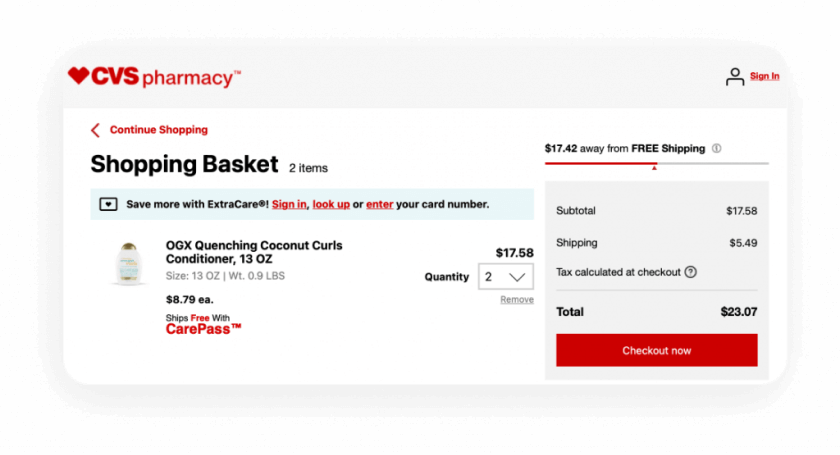
Tip: Many retailers offer free shipping if a user reaches a certain monetary amount, which is a great way to motivate users to buy more. Showing a progress bar, like in the example above, shows users how close they are to that free shipping. Of course, providing free shipping all the time, which may not be feasible, can help guarantee repeat purchases.
Related content: Product detail page best practices + Bonus 7 PDP tips
Anchoring bias
The marketing psychology principle of anchoring bias is that we make decisions based on the first information we receive. For example, when we see an item marked at its regular, full price, we might think the cost is too high, or the item isn’t something we can afford to buy.
But if we encounter that item on sale — and the item’s regular, full price is on display next to the sale price — we’re more likely to make a purchase because our decision making is anchored in the fact that we know we’d be giving up a deal if we don’t. (After all, because we’re in tune with the scarcity principle, we know a sale may not last forever.)
In fact, an “everyday low price” may motivate us less than a sale price because that low price may not clearly signal to us that we are in fact saving money.
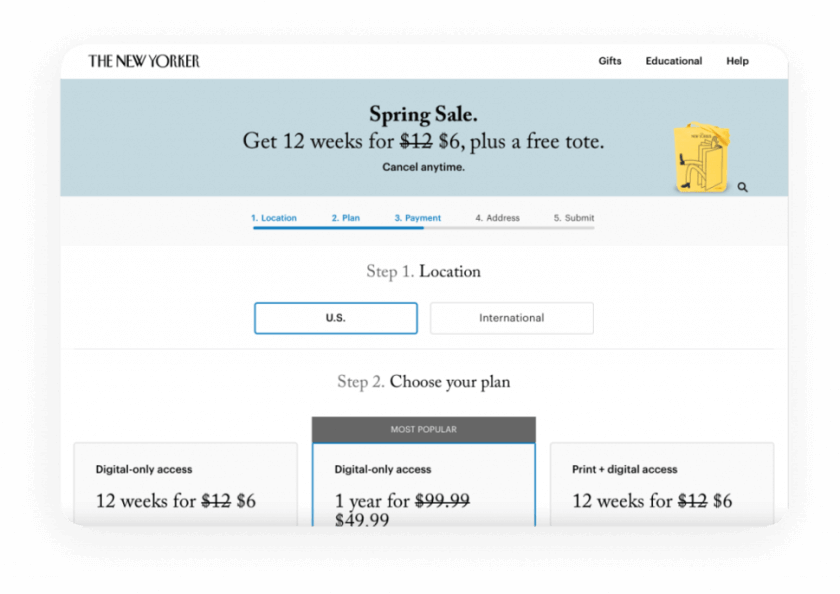
Tip: Whenever possible, always show users their cost-savings. You can even let shoppers know when a sale begins with Price Alert Web Push, a feature that doesn’t require users to be on your site when you send the alert, and they don’t have to give their personal information or email. Don’t want to lower your prices? Go for a BOGO deal (buy one, get one, or even buy two, get one) or a point system, where consumers earn points as they shop (helping to snag future purchases).
Reciprocity
Many of us are selfless enough to give something without expecting anything in return. We might hold a door for a stranger, for example.
But when you think about that scenario, we may not be entirely selfless. And even though we are being polite and kind in that instance, at least part of us expects — and maybe even wants — something in return.
How many of us have held a door only to be irritated when that person didn’t bother to say, “Thanks,” or even acknowledge the generous act with a smile?
This is an example of the psychology principle of reciprocity breaking down: If we give something, it’s nice to have something, no matter how small, in return. And if someone gives something to us, we often feel obligated to return the favor.
How does this principle relate to marketing? You give something to get something — and we have all at one time or another given up our email address for free content or signed up to receive text messages, web notifications, or an email newsletter for a discount.
We’re willing to give up our email address or phone number because, after all, the company is willing to give us free content or a percentage off our first purchase. We know the content or the discount isn’t really free. But when someone holds the door for us, we say, “Thanks.”
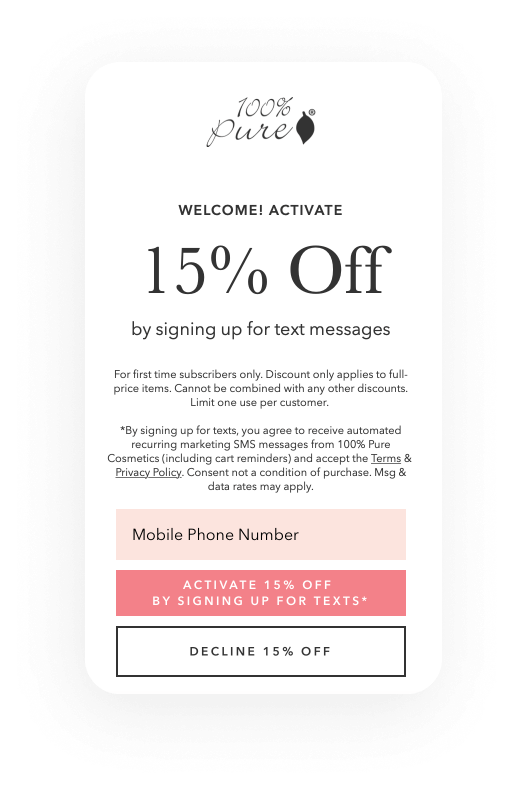
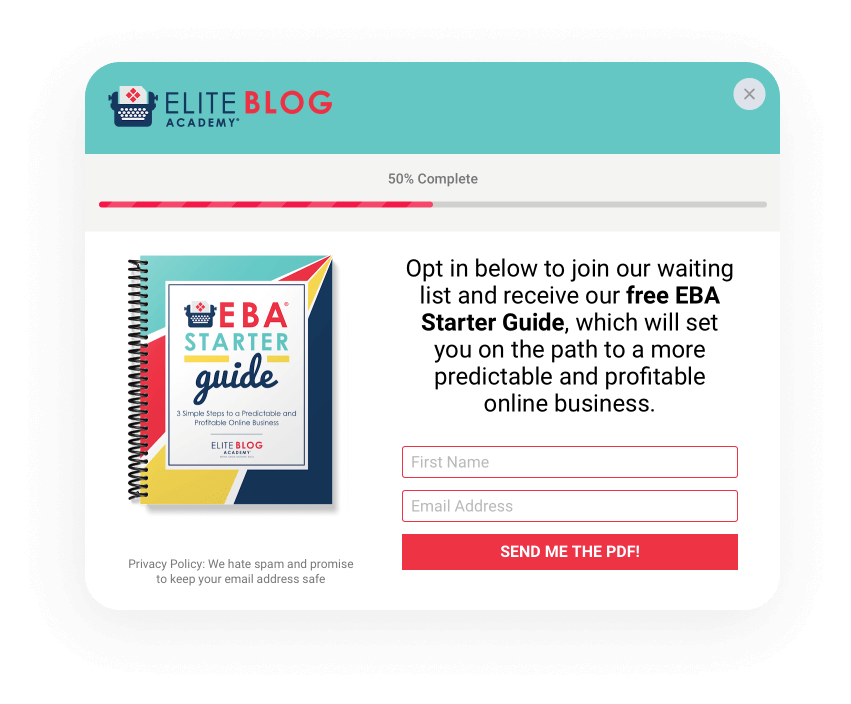
Tip: It’s becoming more common for companies to “take down the gates” and provide content to users absolutely for free, no monetary payment required — and neither is a user’s personal data. But you can practice reciprocity in other ways. For example, you could give a discount to anyone who leaves a positive review (which taps into the social proof principle, as well).
We hope you have the information you need to implement these psychology principles into your own marketing strategy. To explore how Insider can help and to experience its capabilities, schedule a personalized demo with our product expert.



















